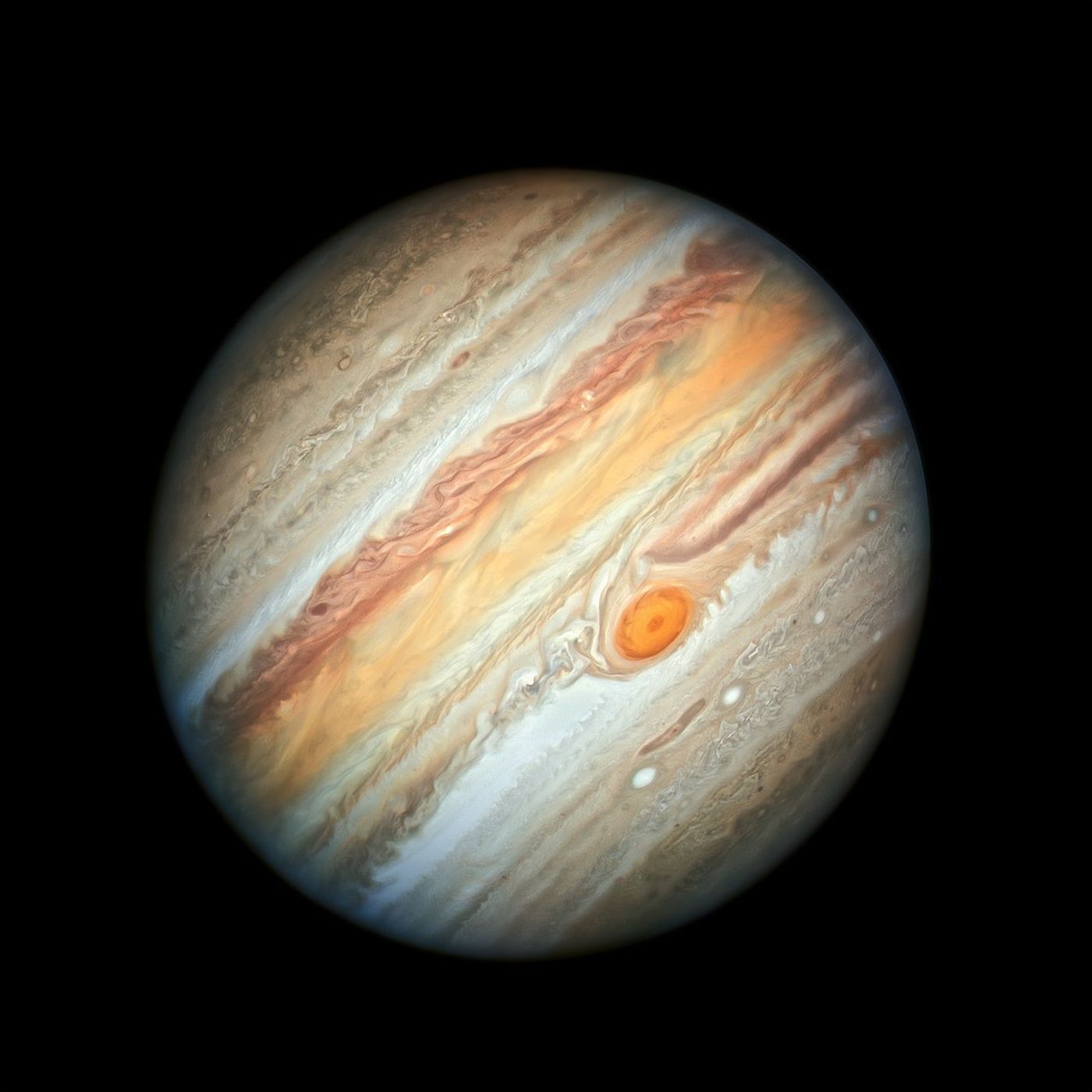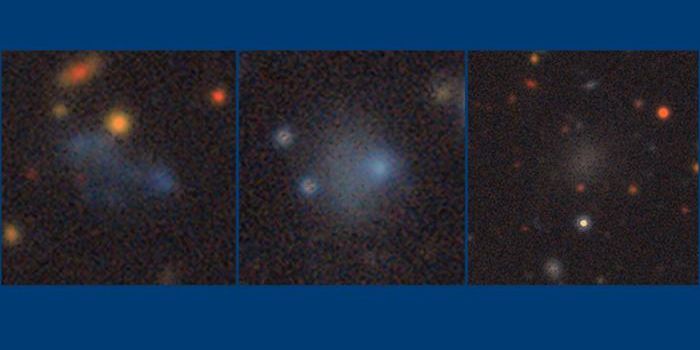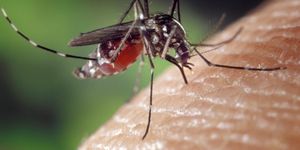Say Hello to Hubble's Latest Portrait of Jupiter
NASA takes advantage of the Hubble Space Telescope’s powerful imaging capabilities to photograph both neighboring and distant objects in space, and sometimes that includes the very planets that reside right here in our immediate solar system.
During one of Hubble’s most recent photographing sprees, it turned its attention to none other than our solar system’s largest planet: Jupiter. Its goal? – To capture the planet’s stunning atmospheric features and to shed more light on the status of Jupiter’s famous Great Red Spot.
Image Credit: NASA, ESA, A. Simon (Goddard Space Flight Center), and M.H. Wong (University of California, Berkeley)
The Hubble Space Telescope snagged the above image of Jupiter on June 27th of this year, and while it probably looks no different than any other Jupiter-centric photograph taken by Hubble in recent years, you may want to turn your attention to the planet’s Great Red Spot and think again.
Related: Does Jupiter's Great Red Spot heat up other parts of Jupiter's atmosphere?
Measuring almost the same diameter as the planet Earth itself, Jupiter’s Great Red Spot is shrinking, and planetary scientists aren’t sure why. Despite knowing about Jupiter’s Great Red Spot since at least the 17th Century, we still know very little about it. Although the Great Red Spot looks eerily similar to a hurricane-like storm here on Earth, it’s said to possess very different characteristics.
No Earthly hurricane has ever grown close to the size of Jupiter’s Great Red Spot, much less existed for as long as the latter. Additionally, the mechanisms behind the Great Red Spot are different than any hurricane on Earth because of the polarizing differences in Jupiter’s atmospheric composition.
Related: This is Juno's first close-up photograph of Jupiter's Great Red Spot
Hubble’s latest photograph also showcases Jupiter’s colorful parallel-traveling cloud bands, which whip across the planet’s atmosphere in opposite directions at differing latitudes, and travel at up to 650 kilometers per hour as they do so. The beauty of these clouds speaks to Jupiter’s particularly captivating chemical composition, and underscore how we still have much to learn about its properties.
The Hubble Space Telescope will continue to capture images of Jupiter as the years go on with the hope of better understanding Jupiter’s atmospheric processes and the Great Red Spot. Perhaps Hubble will get a little help from the upcoming James Webb Space Telescope when it finally launches.
Source: ESA/Hubble Space Telescope









